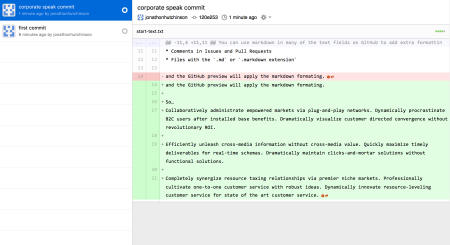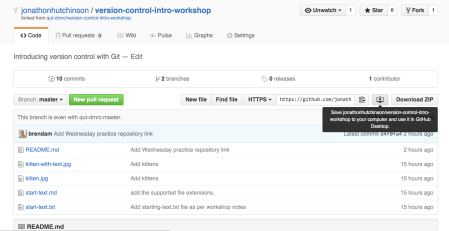We are no longer the home of news, we are the source – Michelle Guthrie
We are lucky enough to have Martin Egan, Senior Product Manager at ABC News Online talk with us this week. He gave us the low down on how the digital news world is changing, under Michelle Guthrie’s push.
Product Manager – what do they do? Well one aspect of this role is a sort of R&D person that looks at various developments. One concept in this space is MVP – minimal viable product – this is a small bash at something small to test the theory, for example integrating Apple News into the news delivery.
ABC News Digital – remit to educate all Australian websites. Started as HTML blog where the script form 11 o’clock news on the internet, through to now ‘better’. They have a remit of innovating, for example ‘ask a bot’.
Content is still king, regardless of interaction. Mobile is going through the roof, look at your own digital behaviour to understand where it is going. For example, key areas such as content, mobile, video, social, UGC. The case study of Facebook moving to Marketplace and the interface being in place of where messenger was.
The ABC Charter is no longer the home of Australian Stories, The ABC is now the source as per Michelle Guthrie. Have to come out and talk to everyone – what does this mean?
Content
- UX – user experience is the gatekeeper to the audience.
- IA – Information Architecture, how the info is structured
- TLDR – too long didn’t read it is the basis for Interactive to engage the audience beyond reading the long article
- UGC – Paris Bombings, getting content way faster than the journalists, need to e careful
- Continuous reporting and improvement, the ratings are crap, but data analytics are what we can actually use – these are how we tell what works ( i.e Chartbeat)
Mobile
- Mobile vs desktop, most work on mobile now
- 2nd screen, not only competitor, but a complimentory device
- No longer one message across all platforms, specific content for platforms
- Web vs. App – mobile is the battleground, i.e Facebook vs. open web
- Google can’t search apps
Video
- Vertical video which is associated with smart phones
- Captions on videos – this is the message of the video, which is a new format
- Washington Post are doing this on Snapchat
- Good revenue for media orgs
- 360, VR, AR is where the current thought is – huge market in the next couple of years
Social
- ABC is the Source – we have to publish to where the audience is, Snapchat, aligning with Facebook News
- iPhone and the spotlight change to srengthen Apple News – this is where the current strategy is
- Q&A locked in with Facebook Live
User Generated Content
- Opening doors for citizen journalism – will this really work? Isn’t this why The Drum died?
- Trust is huge for the ABC – how does this translate for citizen journalism?
Is News going to die?
- No – think The Big Four: Apple News, Google AMP, Facebook Instant Articles, Jeff Bezo buys the Washington Post (he’s pouring money into digital journalism)
- The ABC now sends news to these platforms
- Analysis at 7pm will become the big thing
Future of News
- Follow the audience – Buzzfeed model which syndicates news to multiple platforms
- Difficulty in subscription vs advertising vs sponsored, no one really understands this model
- Adblockers are killing the previous economic models
- We are now in a Post-Napster era: people pay for quality and convenience –
- Chatfuel
- Neimans Labs and Poynters as key info spaces for text


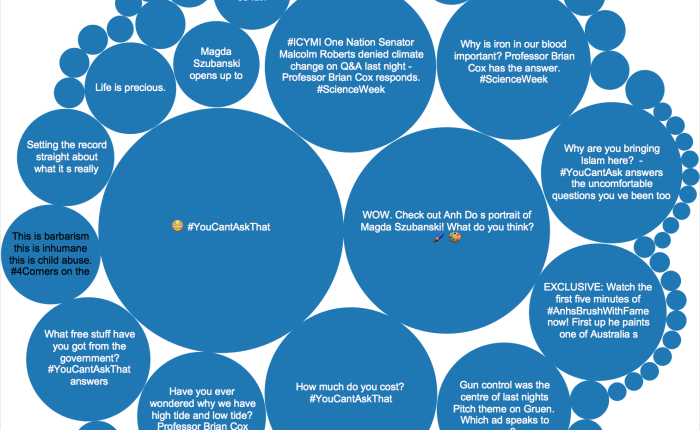
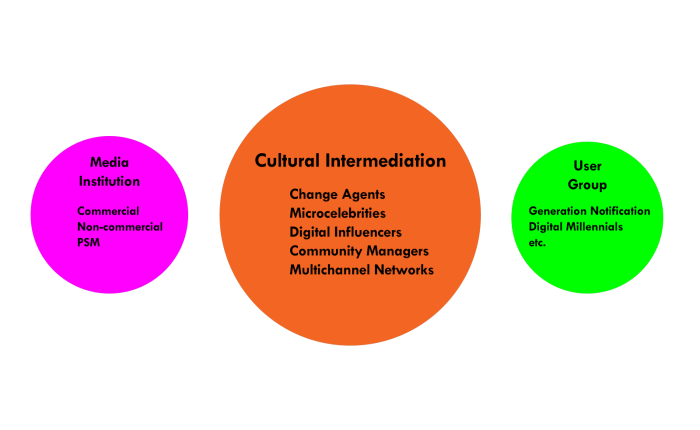
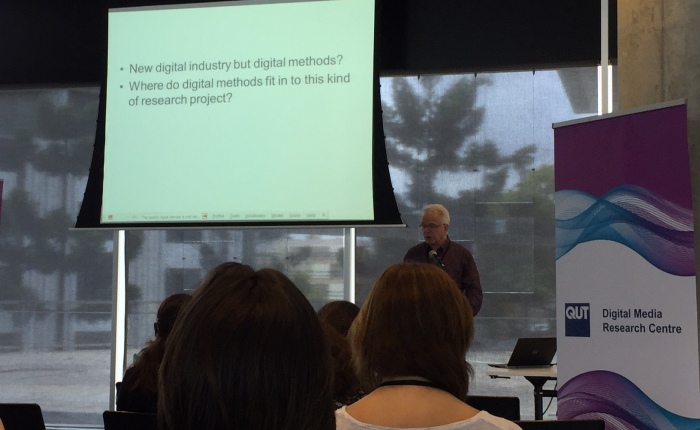
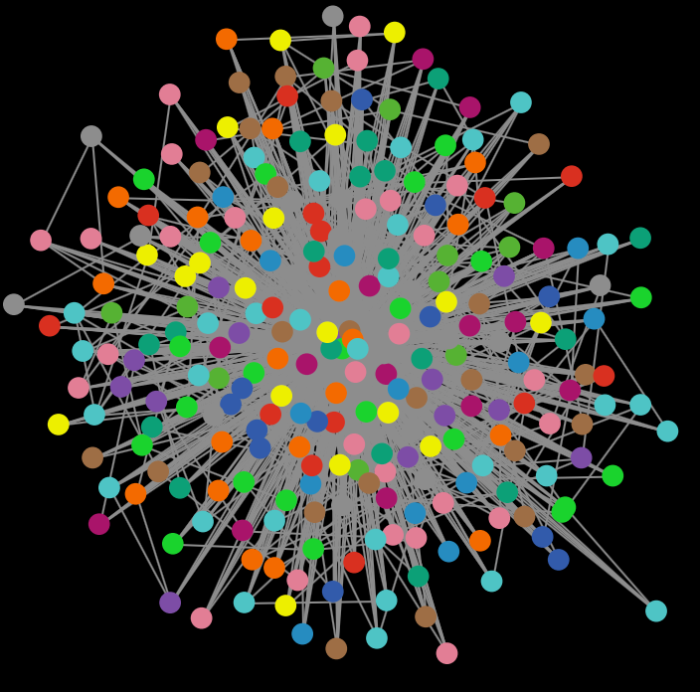
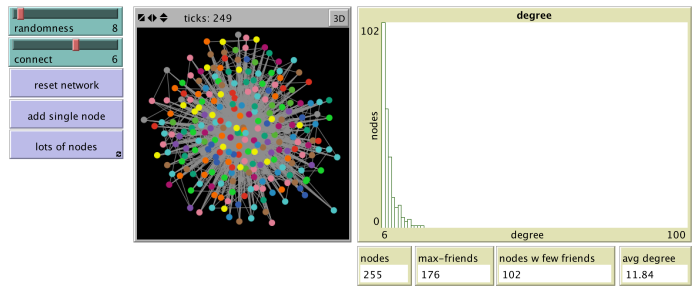

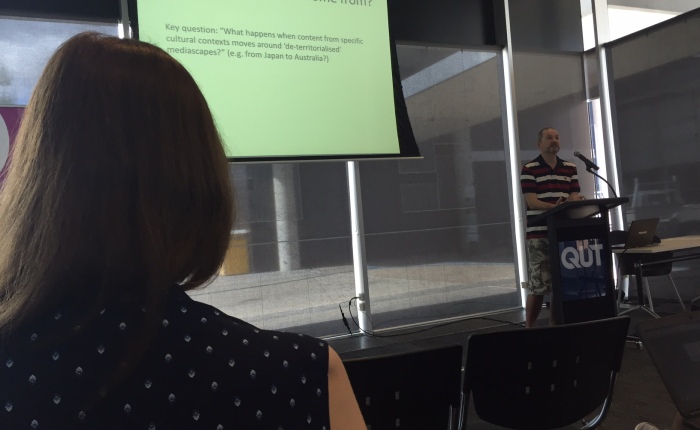
 I’ll do the user walkthrough:
I’ll do the user walkthrough:



